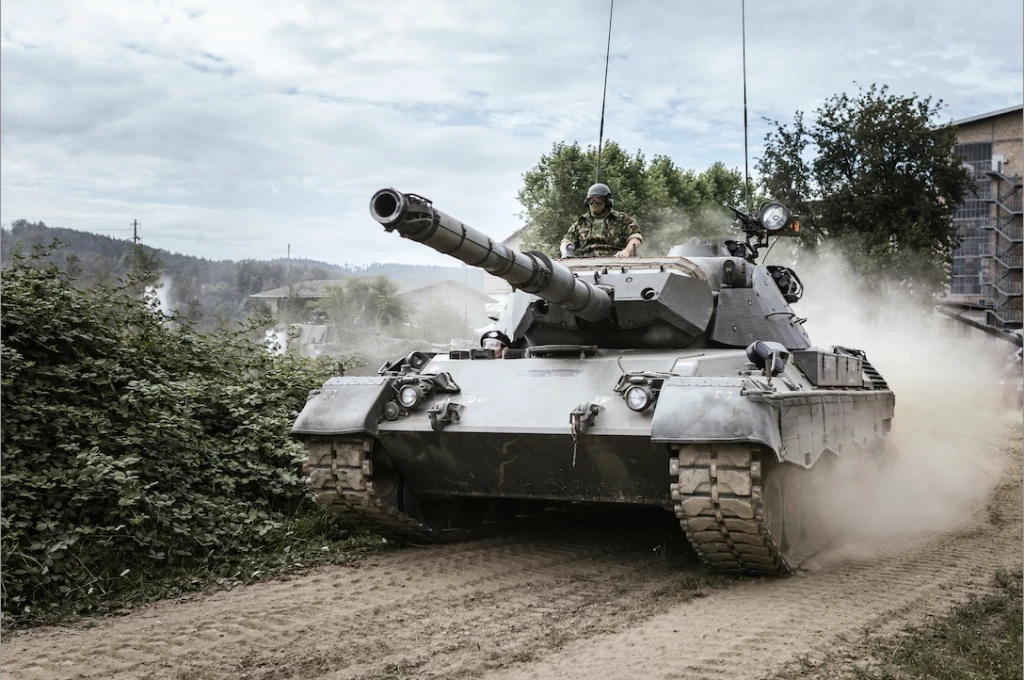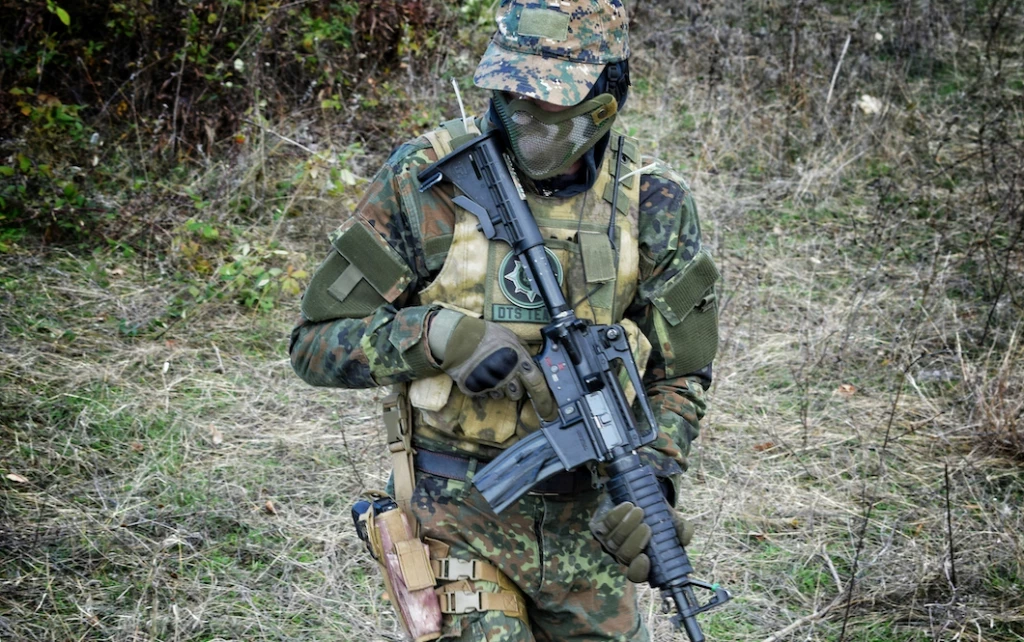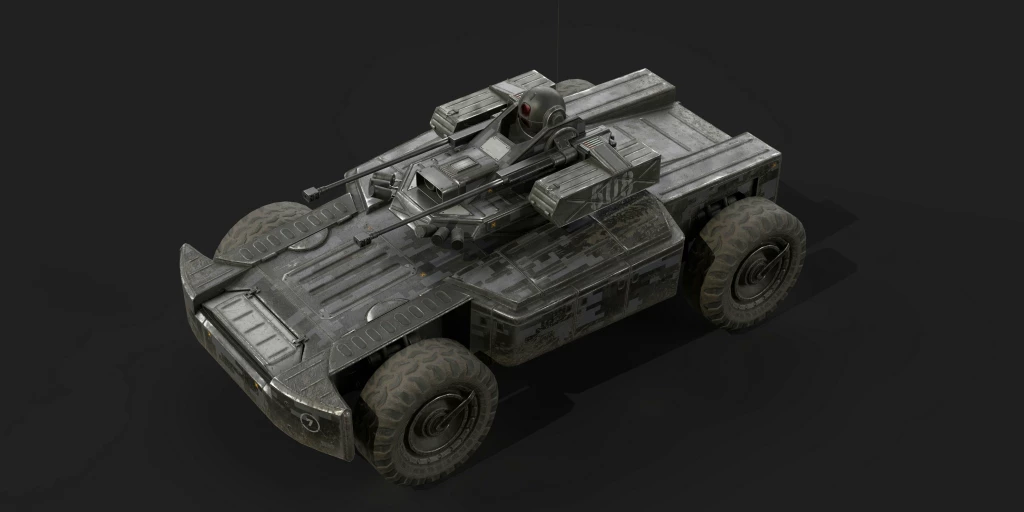
The Republic of Moldova continues to be affected by its past. Specifically, World War II-era mines, artillery shells and other unexploded ordnance continue to litter the European nation’s territory, creating a constant danger to the Moldovan population that, unfortunately, has claimed a number of innocent lives.
Thus, one of the Moldovan military’s most important daily operations is to locate and remove these ancient, but still deadly, weapons from its territory.
The problem
It is unclear exactly how much unexploded ordnance remains buried beneath Moldovan land. Via the Molotov-Ribbentrop Pact of 1939, Nazi Germany and the Soviet Union created spheres of influence in Eastern Europe – an agreement that Berlin would later break via the invasion of the Soviet Union in 1941. Specifically, thanks to the Pact, Moscow gained control of parts of Bessarabia and Northern Bukovina, which became the Moldovan Soviet Socialist Republic, and the Hertza region, given to Ukraine. After Operation Barbarrosa (Germany’s invasion of the Soviet Union) commenced, the Axis-aligned Romania, regained control of Bessarabia, until Soviet troops returned in 1944. It was during this period of the war, particularly the Red Army’s return to the region, that most of this military equipment was littered across the territory.
Moldova remained part of the Soviet Union until its dissolution in the 1990s. Afterwards, there was a short-lived internal war in 1992 which culminated in the separatist region of Transnistria achieving de-facto autonomy, a frozen conflict that remains unsolved.
Unfortunately, since it is unclear how much equipment was forgotten and buried during the war, it is impossible to know when the Moldovan military can declare “mission accomplished.”
Recent operations
The Moldovan Ministry of Defense (MoD) regularly reports the discovery and removal of mines, artillery shells and other unexploded ordnance from Moldovan territory, which gives us an idea of the scope of the problem. For example, at the time of this writing over 1,800 explosive objects have been located and neutralized so far this year.
Let us now look at some specific operations and statistics to better understand the situation. The latest statistics provided by the MoD explain that in August alone, military units carried out 32 mine-clearing operations across the country, which resulted in the removal of 68 explosive artifacts. The largest cache found were “29 artillery shells of different caliber, discovered in the forest of the Nistrean park [close to a town called Vadul lui Voda], were from the period of the Second World War.”
Previously, in July of this year, a total of 120 explosive objects were neutralized across the European nation, including 75 anti-infantry mines found in Telita village, in Anenii Noi district. Similarly, 19 artillery shells were found in Stefan Voda district. Additionally, the Motorized Infantry Brigade 'Dacia' discovered an F1 hand grenade at a villager’s garden in the village of Moscovei. Meanwhile, the ‘Codru’ Battalion was deployed to a city called Causeni, in order to neutralize an 122 mm caliber artillery projectile, which was found by a group of workers near the local train station.
A major cache of ammo was located in late 2019, when a group of workers who were carrying out drainage works near the town of Taraclia stumbled upon some projectiles. Engineers of the ‘Dacia’ brigade were subsequently deployed and they removed a total of 307 76 mm caliber artillery projectiles.
In a different operation in Baltati village, Tipala commune, Ialoveni district, soldiers from the ‘Codru’ battalion, searched 46 hectares of territory, including a neighboring forest. In total 1,260 explosive objects of different calibers were found, including artillery shells, grenade launchers, hand grenades, anti-tank mines, warheads and ammo cartridges. All the ammunition was Soviet and German, produced during World War II according to the Moldovan MoD. The mission commenced at the end of April, “after two children were seriously injured as a result of the explosion of an unidentified object found in the region,” authorities reported.
It should be noted that since 1992, when the separatist war against Transnistria took place, until today, a total of 24 people have died and another 29 have been injured as a result of incidents with various types of ancient ammunition. Out of the aforementioned statistics, eight children died and six others were injured. In other words, the war is over, but its destructive legacy continues to exist in Moldova.
Since Moldova has a strong agricultural sector, we can expect that the working of the land by Moldovan farmers, in addition to infrastructure projects like repairing and expanding roads and railroads, will unearth more caches of unexploded equipment in the near future.
Who is in charge?
There are several army units that carry out mine-clearing operations, but the main one is the army’s Battalion ‘Codru,’ headquartered in Negresti. Other units include Motorized Infantry Brigades ‘Moldova, ‘Stefan cel Mare’ and ‘Dacia.’ Regarding equipment in July, four repurposed demining engineering units were presented at the National Army Training Centre in Bulboaca.
After being located, the old explosives are transported to Bulboaca to be properly destroyed.
US Assistance
The United States has provided critically important assistance to the Moldovan army so that it can improve its capabilities with regards to mine-clearing operations. Case in point, in November 2019, an Explosive Ordnance Disposal (EOD) Center was inaugurated in Moldova thanks to the support of the European Command (EUCOM) of the US armed forces. The new facilities are located in Negresti, Straseni.
In addition to the construction of the EOD center, the US government donated to the Moldovan Army EOD equipment, namely backpacks and 18 mine detectors. Moreover, the 2019 issue of To Walk The Earth Safety magazine, published by the US Department of State’s Bureau of Political-Military affairs, notes that:
Through the State Partnership Program [EUCOM and the North Carolina National Guard] executed an EOD Level 1 train-the-trainer even with the Moldovan MOD Engineer Battalion, and completed the first phase of a munitions depot upgrade at Floresti. USEUCOM also partnered closely with PM/WRA, [Organization for Security and Co-operation in Europe], the Austrian Verification Unit, International Committee of the Red Cross, and German MOD to provide other supplies, equipment and upgrades required for the site.
- "To Walk in Safety”, U.S. Department of State Bureau of Political-Military Affairs, Jan-Dec, 2019, 19th Edition, P 36.
In other words, the US military remains an important ally of the European nation’s military for these operations. One unit in particular that deserves praise is the North Carolina National Guard, which teams up with Moldova as part of the State Partnership Program (see my June 2019 report for DefenceIQ on Moldova-North Carolina NG relations).
Final Thoughts
Mine-clearing operations continue to occur around the world; in many cases, these are legacies from recent or ongoing conflicts, but there are also cases of countries and organizations performing mine-clearing operations in areas where conflicts occurred decades ago. Vietnam is an example that often comes to mind, but we can also mention how Chile is removing mines placed along its borders with Argentina, Bolivia, and Peru during the Augusto Pinochet dictatorship (1973-1990). Moreover, several European countries continue to occasionally find World War II-era bombs (e.g. Germany and the United Kingdom).
Even the devastating explosions in Beirut are an example of the ever-present danger of not properly and timely handling explosive equipment, since around 2,700 tonnes of ammonium nitrate had been in a hangar in Beirut’s port since 2013.
In the Republic of Moldova, ancient weaponry, dating back to World War II, is a constant source of concern, as it has injured and claimed the lives of dozens of Moldovans since 1992. Hence, it is commendable the work that the Moldovan military carries out in a daily basis, namely humanitarian mine-clearing activities across the country.
While we do not know when will the Moldovan military be able to claim “mission accomplished” when it comes to the removal of mines and other War-era equipment, with the help of Moldova’s partners like the US, the Moldovan armed forces get a little bit closer to that goal every day.
Wilder Alejandro Sanchez is an analyst that follows defense and geopolitical affairs in the Western Hemisphere and Post-Soviet regions. The views expressed in this article belong the author alone and do not necessarily reflect those of any institutions with which the author is associated.






















